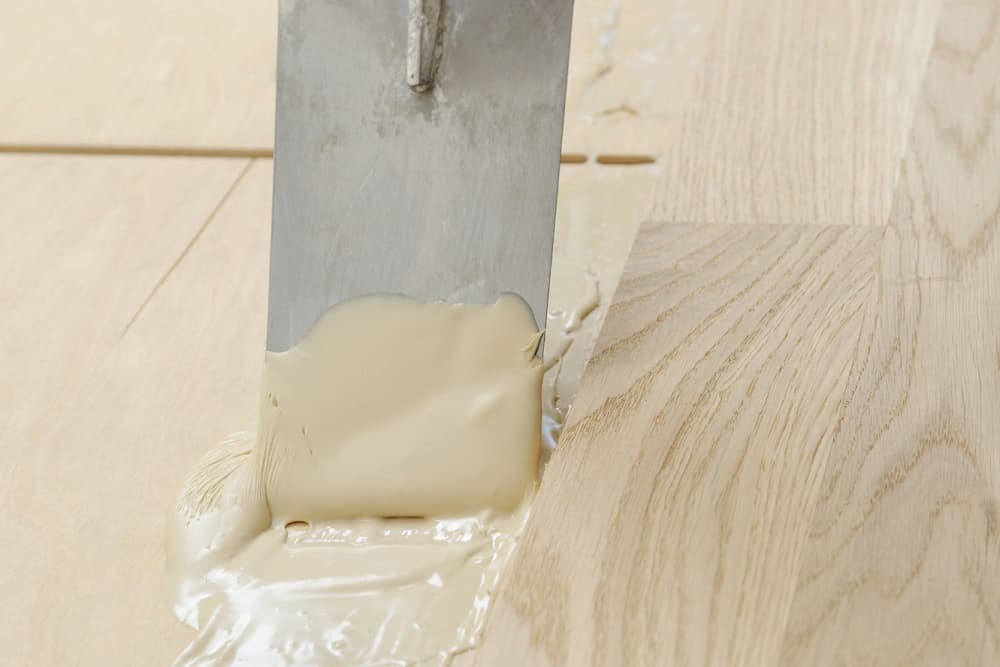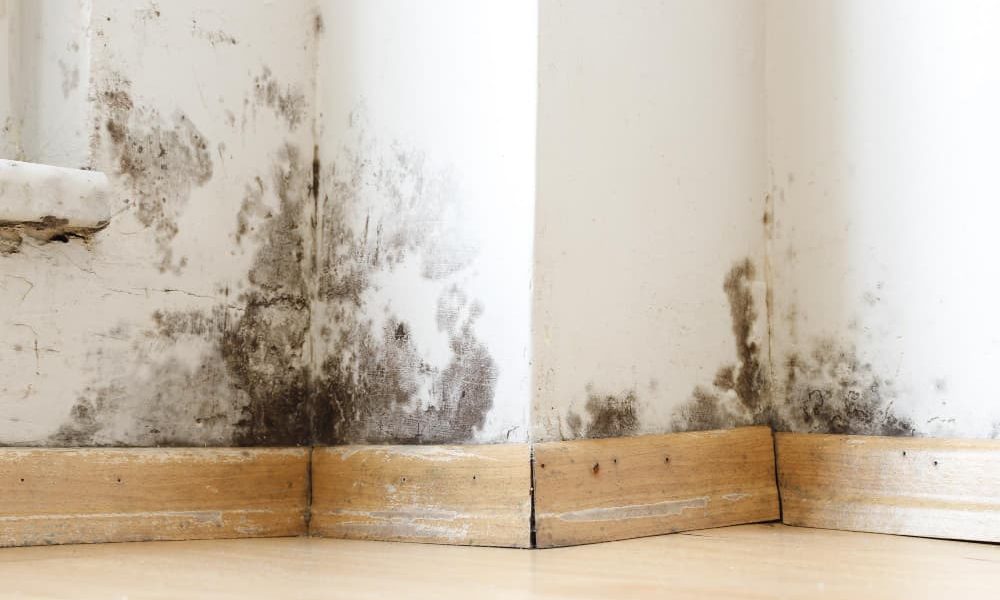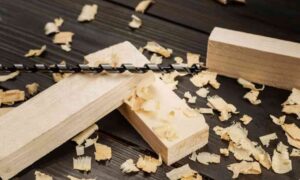
This complete guide will show you all the features of wood filler. Discover how to get the most out of this important DIY product.
Wood putty is an indispensable resource For any professional or DIY enthusiast.
It’s the perfect tool for repairing and improving wood surfaces, but it can be confusing to understand exactly what it is, how it’s done, and how and when to use it correctly.
Here we offer you a complete guide to help you master using wood filler.
What is Wood Putty?
Definition and Components
Wood putty is a resin-based compound, mineral fillers and pigments, Designed to correct imperfections or fill cracks in wood surfaces. Its texture is malleable and its consistency is similar to that of mud, which makes it easy to handle and apply.
Once dry, its surface can be sanded and painted, allowing it to blend perfectly with the surrounding wood. This is an essential product in any woodworking workshop or home DIY kit as it allows you to repair minor damage to wood and Improve your overall appearance.
Some wood fillers may also contain other additives to improve adhesion or to make the filler more resistant to certain environmental conditions.
How is Wood Putty Made?
Wood putty is produced by carefully mixing resins, pigments and mineral fillers until obtaining a homogeneous and malleable paste.
The resin acts as the binder that holds the other components together, while the pigments provide the color which allows the putty to match or contrast with the wood.
Mineral fillers, on the other hand, provide body and help the putty maintain its shape once applied. This process is generally performed in industrial manufacturing environments, where ingredient proportions can be precisely controlled to ensure a final product that is strong, durable and easy to use.
What is Wood Putty for and When to Use It?
Uses and applications
Wood putty has a wide variety of uses. Beyond its main application to fill in imperfections, such as nail holes, cracks, nicks or scratches on wooden surfaces, It can also be used to join pieces of wood, especially when an invisible joint is required.
It is ideal for restoring antique furniture, repairing window and door frames, and building models. Its use is recommended when looking to repair or Improve the appearance of any wooden object or structure.
Step by Step Guide: How to Use Wood Filler
Preparation: Before applying the putty, it is essential that the surface of the wood is clean and free of dust and grease. This will allow the caulk to adhere properly. You should also make sure the wood is dry, as moisture can interfere with the adhesion and drying of the putty.
Application: Using a putty knife or putty knife, apply the putty to the imperfection you want to fill. Make sure the caulk completely penetrates the crack or hole, with a little excess left on the surface so you can smooth it out.
Straightening: Smooth the putty with the putty knife until it is level with the surface of the wood. You should have a smooth, flat surface that, once dry, will be almost indistinguishable from the surrounding wood.
Drying: Let the putty dry completely. Drying time may vary depending on the size of the filled area and the brand of putty, so it is always best to follow the manufacturer’s directions.
Sanding: Once the filler is dry, sand the surface until it is smooth and level with the surrounding wood. Use fine-grit sandpaper to avoid scratching the surface.
Painting or varnishing: Finally, you can paint or varnish the wood to give it a uniform finish. Make sure the putty is completely dry before doing this.
Best Brands and Where to Buy
Recommended Brands
Some of the best wood filler brands include Sintoflex, Ceys, Pattex and Titanlux. These brands are known for their quality and effectiveness, and offer a wide range of products to meet various needs and budgets.
Where to buy
You can buy wood putty at DIY stores, hardware stores, or online stores. such as Amazon, eBay, Leroy Merlin, among others.
Some brands also sell directly through their websites. When purchasing wood filler, be sure to choose a color that matches your wood or that can be stained to do so.
Tips and Mistakes to Avoid
When using wood filler, there are a few things you should keep in mind to avoid common mistakes.
First, make sure not to apply too much caulk; It is better to apply several thin coats than a single thick coat. This will make sanding easier and help the putty adhere better.
Second, avoid using wood filler on surfaces that will be in direct contact with water or moisture, as the putty may not be completely waterproof. Instead, look for products specifically for humid environments.
Third, Always remember to allow the filler to dry completely before sanding or painting it. Premature sanding or painting can cause the caulk to crumble or peel off.
Finally, Make sure you use the right tools to apply and smooth the putty, and clean them thoroughly after each use to prevent the putty from drying out and sticking to the tools.
Conclusion
In short, wood filler is an indispensable tool for any DIY or woodworking project.
With the right choice of product and proper use, you can effectively repair and improve any wooden surface, giving a second life to your furniture and structures.
Always remember to follow the manufacturer’s instructions and take into account the advice provided in this guide to achieve the best results.







